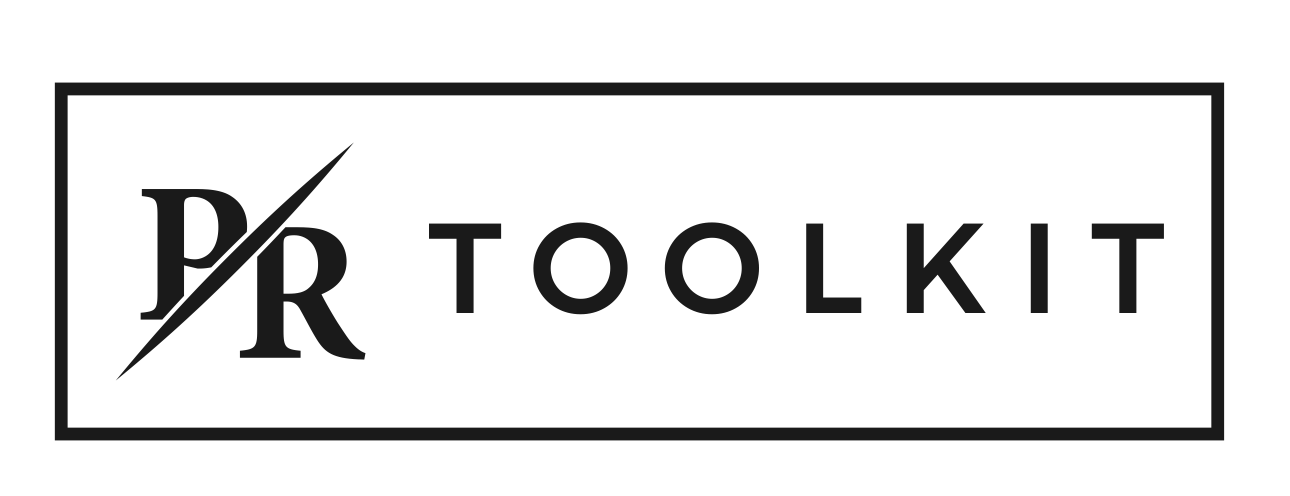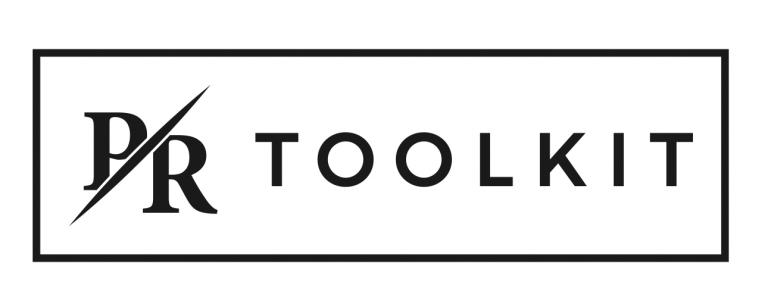A couple of weeks ago, Bauer Media Australia announced the closure of eight of its magazine titles, citing the impact of COVID-19 on the advertising market.
Following a temporary pause in May during nation-wide lockdown, titles including Harper’s Bazaar, Elle, InStyle, Men’s Health, Women’s Health, Good Health, NW and OK! will no longer be published.
Firstly, my heart goes out to all of the journalists, designers, stylists and support staff that are impacted by these closures, and I truly hope that they’re able to find a new home for their journalistic and creative endeavours sooner rather than later.
Following the announcement, I’ve read a number of articles and opinion pieces on this topic, many of which are questioning the future of PR and I can’t help but draw parallels to the similar discussions which took place some 10 years ago (yes I’m showing my age!) which saw sweeping changes at News Limited and Fairfax result in newspaper closures and multiple rounds of layoffs.
I bring this up because I think there’s significant learnings that can be taken from events of the past and we all know that hindsight is a wonderful thing.
So Let’s Rewind…
Almost a decade ago, due to loss of advertising revenue, both News Limited and Fairfax made drastic changes to their newsroom structures (and some of their print titles) which resulted in many career journalists losing their jobs and many in the PR industry questioning whether this signalled the ‘death of PR’.
I have to admit, I too questioned what the impact on the PR industry would be, and how we could effectively do our jobs if media outlets were shrinking so rapidly.
The problem with this reaction, is that it takes a very singular view of PR – and presumes that media relations is the only avenue through which to tell stories.
Looking back on that time, I now see it as quite a pivotal moment in PR practice, when industry changes forced agencies and practitioners to diversify and consider other avenues and platforms to tell their client’s stories.
Since then, marcomms lines have certainly become blurred with much debate around which marketing specialism owns which function, and I guess one’s view on this would depend entirely on what their specialism is and where the bias lies.
However, following this defining moment close to a decade ago, the (typical) PR mix has since grown beyond a primary focus on media relations, to include a range of specialised services such as social media, content creation, production, influencer engagement, customer experience, branded activations and so much more. It’s no wonder there’s so much confusion around what PR actually is.
Media relations will always be a PR professional’s bread and butter, but the reason the industry can so easily adapt to other modes of communication and engagement is because we truly know the art of storytelling. And there is a big difference between storytelling for editorial versus storytelling for advertising.
Anyway, I digress – the point I’m trying to make is that when significant industry changes take place, it’s human nature to be alarmed and think of the worst, but if history has showed us anything, change also brings opportunity.
Learnings from the Past:
Ten years ago no one could have predicted the rise of the influencer, how important they would become to the PR industry (and brands for that matter), nor the different businesses that would be created to cater to and capitalise on this new ‘industry’.
Back then is also when we started to hear the term ‘Content is King’ with much of a brand’s focus shifting to content creation and using their own platforms to tell their stories and engage with their audiences. Similarly, in response to this shift we saw the launch of specialist content agencies – beyond just the traditional creative agency – with many PR agencies diversifying to deliver content and production services.
And while it’s very sad to see the closure of iconic print titles and equally devastating to hear of job losses, what we’re also seeing is an increasing number of digital platforms arise to not only fill the void, but respond to how certain demographics now consume their media.
So, my big question (or questions) during these crazy times, when some are questioning the impact on the PR industry, is this:
What is the next storytelling platform and what will be the next evolution for the PR industry?
Media relations will always be an important pillar of PR, but I believe that times like this present significant opportunities for those who are bold enough to innovate, future-proof and push some boundaries. As a prime example, just look at the brands capitalising on the Tik Tok phenomenon.
While I don’t necessarily have the answer to these questions, I’m certainly watching with anticipation and excitement at what’s next and I urge the PR industry to shift the narrative from the doom and gloom, and recognise the vast opportunities that times like this present.
Because, in the words of Albert Einstein – in the middle of difficulty, lies opportunity.

